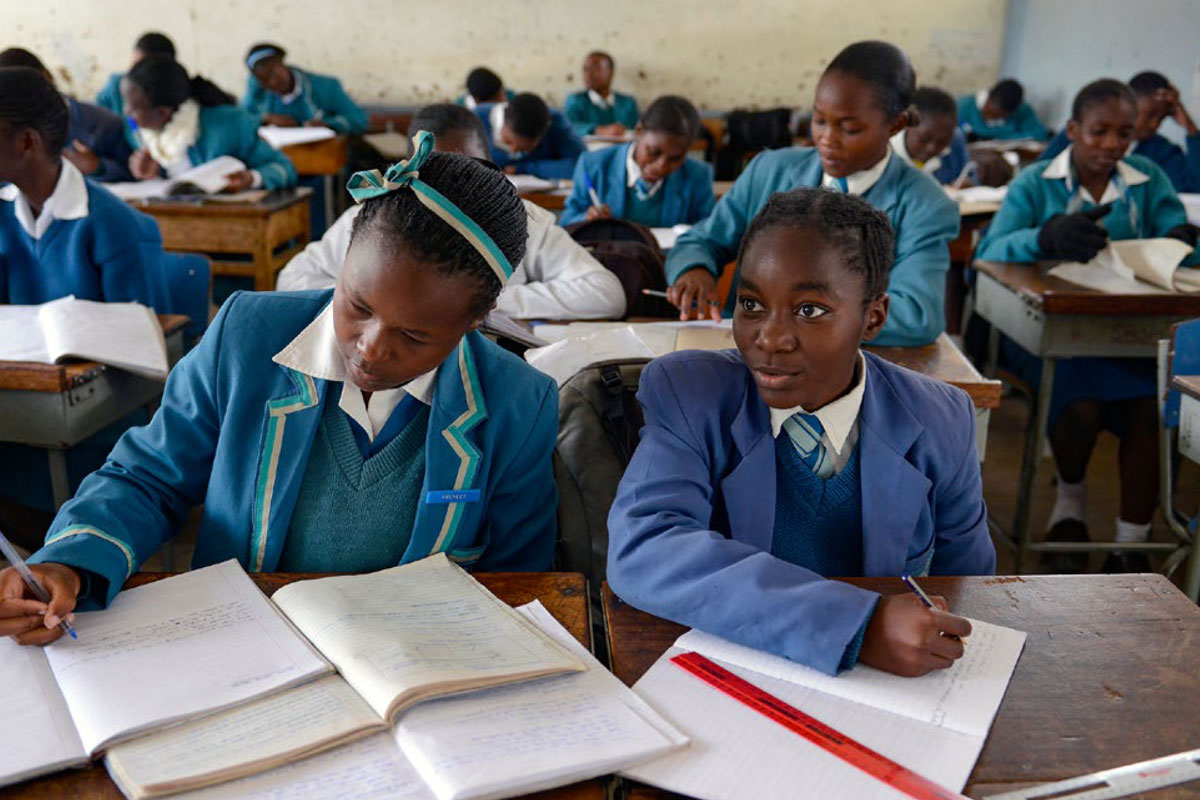
At the height of the COVID-19 pandemic, schools around the world shut down on a scale never before witnessed, disrupting the education of more than 1.6 billion students. And all that ensues — or, more precisely, supervenes in hindsight — is significant learning losses and widening learning disparities between and within countries, aggravating the global learning crisis. However, given significant mid-year budget revisions in many countries and the subsequent mobilization of additional resources, educational systems still found it difficult to secure additional financial support, despite facing challenges that were just as significant as those faced by other sectors.
With the COVID-19 outbreak, more countries reduced the prioritization of education spending, with half of the countries analyzed cutting back on their annual education spending in 2020, compared to 28% of the countries in 2019. This trend was observed in both higher and lower country income groups, with low- and lower-middle-income countries showing a more pronounced decline in the prioritization of education in total public spending. The disruptions brought on by the pandemic also led to a decline in the execution rates of planned education budgets in 2020, even though the overall education budget execution rates barely changed.
The COVID-19 pandemic’s impacts on education financing may also amplify the disparity in learning outcomes between lower and higher-income countries. A more pronounced decline in the share of education spending in total government spending was observed in low- and lower-middle-income countries with low education and learning outcomes, which is likely to aggravate learning disparities since public education spending tend to benefit relatively more disadvantaged students. If not redressed, the diminished prioritization of education could undermine human capital development, impede economic growth, and in turn further lower public resources available for education financing. This is so since there is a proven link between economic growth and education quality, with the former enabling higher education spending and thereby initiating a virtuous cycle. Nevertheless, increases in education spending do not always translate into better learning outcomes; Improving spending efficiency is just as paramount.
It is now significantly more challenging for many countries to achieve the recommended international benchmarks on government education spending, which are set at 4-6% of GDP and/or 15-20% of total government expenditure, due to the pandemic’s impacts and aftermath. After its onset, the share of education in total government spending in higher-income countries remained constant between 2019 and 2021, but increased in 2022, while that in low- and lower-middle-income countries decreased in 2020, rebounded in 2021, and then fell once more in 2022, ending up below 2019 levels.
With overall total government spending being strained and constrained by rising fiscal pressures, education spending in low and lower-middle-income countries runs the risk of being inadequate to meet the needs of implementing urgent actions to recover learning losses and address the pre-pandemic already poor learning outcomes. With widening learning disparities between and within countries still now layering onto it, the global learning crisis is set to supersede the pandemic.

